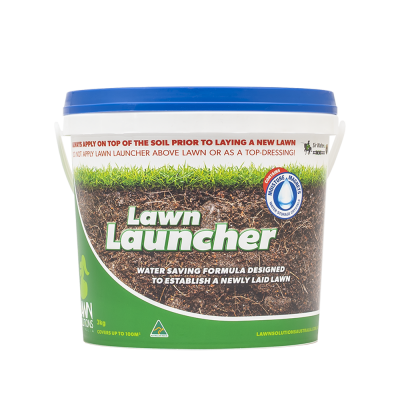“I’m bored!”
Solve the exhausting chant of the school break with these great gardening projects for you and your kids.
Weeding
Grab some gloves for your kids and make a game of this. Reward your kids with a treat for every ten weeds pulled, say. Set a time limit for a bigger reward. You could also give prizes for the largest or heaviest weed of the day. Hand out bonuses for finding out the types of weeds; then you’ll know what pre-emergent herbicide to use in the future to prevent them popping up.
Cricket pitch
This one’s for spring or summer, as mowing your lawn really low when it’s not actively growing is not a good idea.
First, get your kids to pick the most appropriate spot in your back or front yard – preferably in front of the garage, a fence or wall, so they can have an automatic wicketkeeper for one-on-one games. They need to keep in mind the rules when they’re marking out the pitch – where will four runs or six and out be; where is it best to bowl from, etc.
Once they’ve picked a spot, have them mark the length of the pitch they want. If you have older kids, have them build a pitch as long as your yard allows. Younger kids may want to make a pitch a bit shorter.
Get the mower out and drop the height lower than usual. You need to mow the pitch into the existing lawn, nice and short so you’ll get more bounce. Plus, it will look more like the pitches you see on the TV, with nice contrast to the rest of the yard. Don’t mow right down to the dirt so the grass doesn’t come back, though. It may have to be mown a few times, depending on how thick your grass is. Remove all of your clippings if you don’t have a catcher so there is nothing left on the surface.
Select your stumps. If you have wooden stumps and bails, hammer them into the ground. If you don’t, metal stump sets are perfect. If you want to get even more creative, try a council bin, Esky, stack of buckets or even tape a set of stumps onto the wall or the fence (these require a bit more honesty from the bowler!). After this, get some marking paint out and mark the crease at either end so you know where to bowl from and the batsman knows where to stand. Make the crease as long as the length of your bat plus its handle.
You’re set for play. To get even more creative, and if you’ve got the room, you can mow a strip for the boundary. Remember, on really hot days, give the pitch a drink of water so it doesn’t dry out for the next day’s play.
Plant a tree
Firstly, hide your sapling somewhere on your property and make a treasure map or play ‘hotter and colder’ for your child to locate it.
This is a chance for your child to do something great for the environment. Perhaps one day their own child will swing from its branches!
To set up for this one and to add an incentive, pre-dig your hole and bury a prize with a mobile phone in a sealable, lockable container. Set the mobile on its loudest ringtone and don’t bury the container too far down! Dig a hole at least twice as wide as the root ball of your tree and as deep as the root ball. Remove any rocks from the earth you dig up.
Have your child locate the planting spot by ringing the buried mobile phone. Let them unlock the container once they’ve helped you plant your tree.
Take the tree from its container and inspect the root ball. If the roots look pot bound, tease them out carefully.
Place your tree in the hole so that the root flare sits just above the ground. Back fill some of the earth you set aside earlier, patting it down as you go. Stake your tree so it doesn’t topple over in strong wind. Water your tree in well after planting.
A word about your lawn: Trees and lawns compete for water and nutrients and thin grass at a tree’s base is common. A shade tolerant grass can help, but all lawns have their limits. Deciduous trees can help in winter, though the trade-off is you’ll have to rake up leaves each autumn.
It’s often best to leave an area at the base of the tree free of lawn and spread mulch instead. This reduces competition, stops ring barking from whipper snipping, and damaging roots from mowing. For better lawn health, keep it a bit longer under the tree’s canopy.
Science experiment (pH test)
Kids love a bit of science.
Grab a pH testing kit from your local hardware store, nursery, or Lawn Solutions Australia’s website. A kit should cost less than $30. Have your child collect a few soil samples from a number of locations in your lawn by digging down about 10 to 15 centimetres with a hand spade. This could also be marked on a map for your child, to make it a bit more like a game. You could incentivise it by offering prizes following each completed stage. Pull out any grass or root matter, then mix the samples in a bucket to get an average reading of your soil’s pH. Take a little soil and follow the instructions in your test kit.
Tent / teepee (disguised compaction test)
Here’s how to determine if compaction is a problem in your lawn – the fun way. Grab a kids’ tee-pee or tent and get your child to set it up. If they have trouble driving the pegs into the earth check how far the pegs penetrate your soil (ensure you avoid irrigation or electrical wiring). They should be able to push the pegs in 10 to 15 centimetres without much effort; if they can’t, it’s time to aerate your lawn. Kids love setting their things up in tents – the bonus for you is you’ll have a few hours free of hearing ‘I’m bored’.


